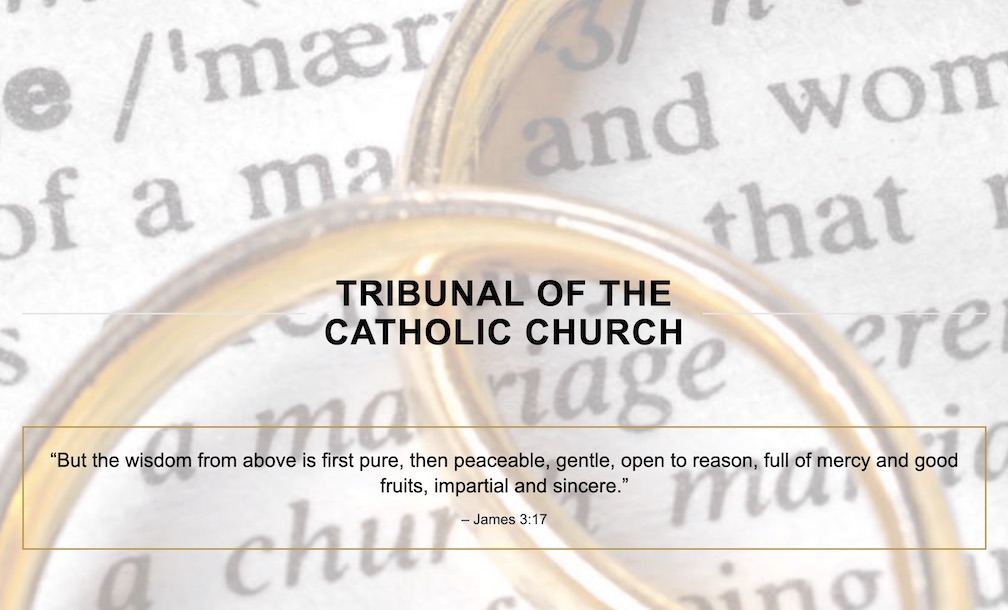Navigating The Catholic Tribunal Process: Tips & Insights
- Written by Daily Bulletin

Understanding the inner workings of the Catholic tribunal can be a daunting task, particularly for those who are unfamiliar with the process. However, with a grasp of the basic principles and a bit of insight into its operations, the complexities of the system can be considerably simplified.
This article aims to shed light on how to navigate the Catholic tribunal process, whether it’s in the UK, US or a Catholic tribunal in Sydney.
What is a Catholic Tribunal?
The Catholic tribunal is a canonical judicial body within the Catholic Church that primarily deals with matters relating to the nullity of marriage. The tribunal has the authority to investigate whether a marriage was validly entered into, based on Church law.
Catholic tribunals operate under the governance of the local bishop and the universal code of Canon Law. It is comprised of professionally trained canonists who, under the direction of a Judicial Vicar, strive to provide justice in the eyes of the Church.
Initiating the Process
Beginning the process requires the submission of a petition to the tribunal. This petition is typically presented through a person's parish priest or another representative, though direct contact with the tribunal office is also possible.
In the petition, the person - known as the Petitioner - states that they believe their marriage was not validly contracted. The petition must specify the grounds upon which this belief is based. For example, a Petitioner might claim that there was a lack of due discretion, incapacity to assume the obligations of marriage, or a defective consent at the time of marriage.
Investigation Stage
Upon receiving the petition, the tribunal conducts an investigation to determine whether the claim is valid. The process typically involves interviewing the Petitioner, the other party to the marriage (Respondent), and any witnesses who can shed light on the circumstances surrounding the marriage.
The tribunal’s aim is to seek the truth, giving both parties an opportunity to provide their account of events. Rest assured, the tribunal staff approaches each case with utmost professionalism and confidentiality, recognising the sensitive nature of the subject matter.
The Decision
After the completion of the investigation, the case is presented to a panel of judges who deliberate over the evidence. If they find sufficient grounds to declare the marriage null, a decree of nullity - commonly referred to as an annulment - is issued.
It's worth noting that a negative decision does not mean the tribunal has refused to consider the case. Rather, it indicates that based on the available evidence, the tribunal could not establish the invalidity of the marriage. The Petitioner has the right to appeal a negative decision.
Tips & Insights for Navigating the Process
- Be Honest:Honesty is paramount in this process. The tribunal's goal is to discover the truth, and your candour is essential for a fair and accurate investigation.
- Patience is Key:The process can take time - anywhere from several months to a couple of years. Patience and understanding are necessary throughout this journey.
- Seek Support:The emotional toll can be heavy. Do not hesitate to seek support from friends, family, or a professional counsellor. The tribunal office can often provide resources for counselling and support.
- Engage in the Process:Be active in the proceedings. Keep in touch with your advocate and the tribunal office. Your involvement can influence the pace and outcome of the process.
- Respect Confidentiality:Respect the confidentiality of the process, and expect others to do the same. The tribunal takes privacy very seriously, and so should you.
Navigating the Catholic tribunal process can be a complex endeavour, but with these tips and insights, it should become a little less intimidating
Remember, the end goal of the tribunal is to seek the truth in a spirit of justice and pastoral care. With patience, honesty, and understanding, you can effectively navigate this process.





